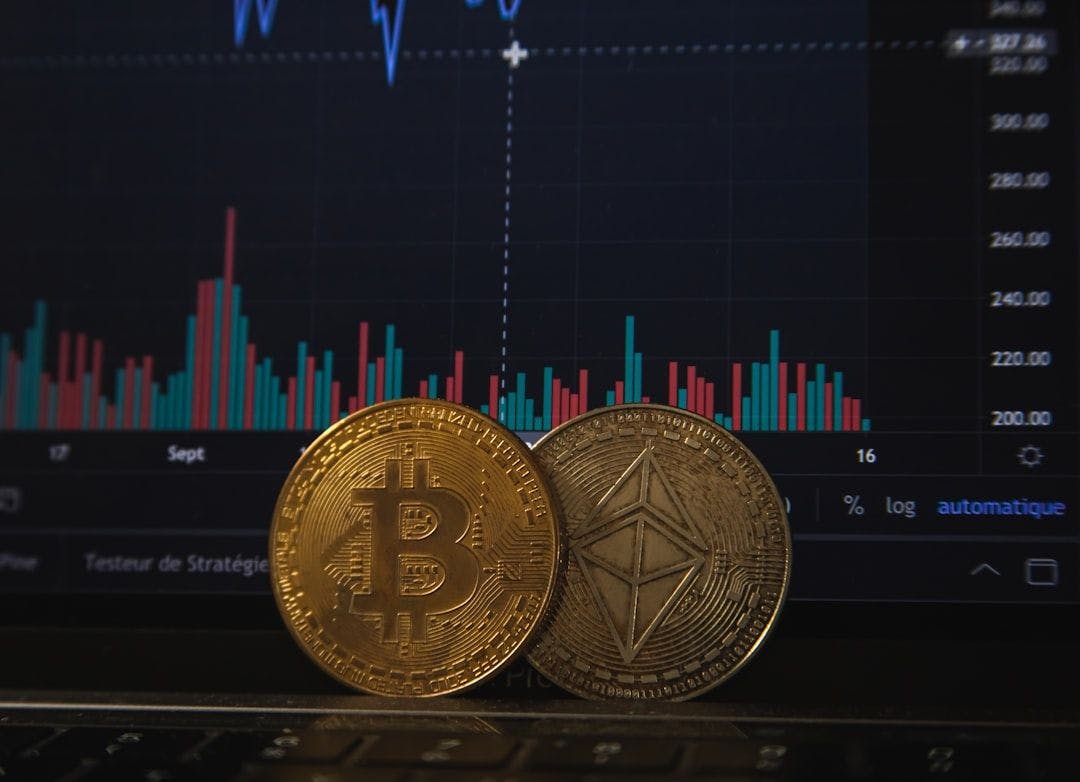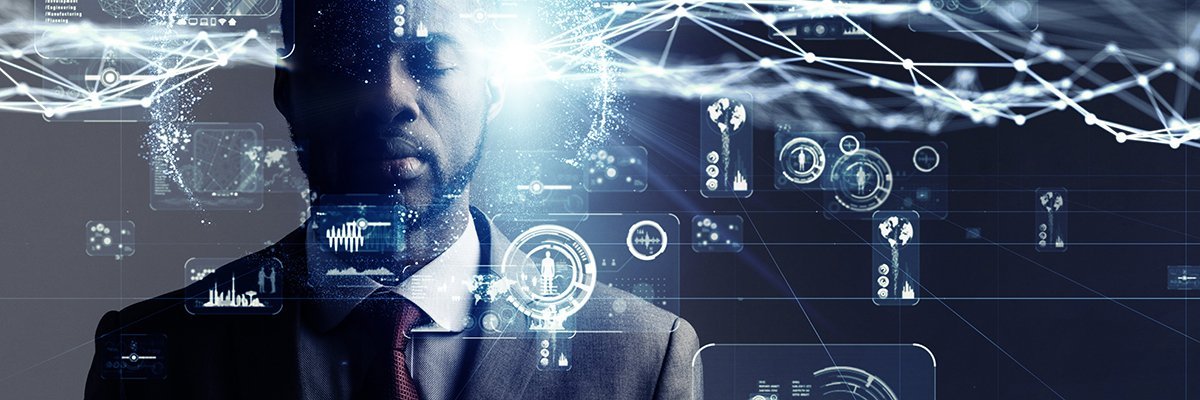In a major win for EV drivers, Tesla is opening up its Supercharger network to all non-Tesla EVs. So far, eighteen brands can power up at select stations: Acura, Audi, Ford, General Motors (GM), Genesis, Honda, Hyundai, Jaguar-Land Rover, Kia, Lucid, Mercedes-Benz, Nissan, Polestar, Porsche, Rivian, Volvo, and—as of today—Subaru and Toyota.
Subaru has one EV, the Solterra, and two on the way. Solterra drivers can power up via an adapter, including the recommended Genuine Subaru Accessory Fast Charging Adapter. The 2026 Solterra won’t require an adapter thanks to its built-in North American Charging Standard (NACS) port.
Toyota is giving away complimentary adapters at dealers for all drivers of its bZ4x—renamed just “bZ” for the 2026 model year. Its access starts in November. The 2026 bZ comes with a built-in NACS port.
The next brands to get Supercharger access are BMW and Volkswagen (VW), according to the Tesla website. Volkswagen has struggled to give its owners access, delaying it multiple times due to “technical difficulties,” as we first reported. But once this crop of companies goes through, nearly the entire industry will have access, save for Stellantis, Mini Cooper, and Rolls-Royce, which have not announced rollout timelines yet.
Ford Mustang Mach-E powers up at a Tesla Supercharger (Credit: Emily Forlini)
Superchargers are only in public places, and up to 90% of electric vehicle charging occurs at home. In March, Ford revealed that its drivers power up at Tesla stations only 20% of the time. But they still offer more on-the-go options, especially for apartment dwellers, rideshare drivers, and others who cannot always charge at home.
Powering up requires an adapter for almost all EVs, besides those made in the last year or two. New models all feature the Tesla-backed NACS port, such as the 2026 Nissan Leaf and the 2027 Chevrolet Bolt. But if you already own an EV with a CCS port, you’ll want to snag an adapter from your OEM or an off-market brand like Lectron.

A Ford Mustang Mach-E charges at a Tesla Supercharger with an adapter. (Credit: Emily Forlini)
The most common type of Tesla charger available to these drivers is the V3 Supercharger. Tesla unveiled its first next-gen V4 Supercharger last month, with higher charging capacity, Electrek reports. It plans to expand that network, which should make more stations available to other brands. The company has restricted access at legacy stations that lack the software or hardware to support other brands.

Get Our Best Stories!
Your Daily Dose of Our Top Tech News

By clicking Sign Me Up, you confirm you are 16+ and agree to our Terms of Use and Privacy Policy.
Thanks for signing up!
Your subscription has been confirmed. Keep an eye on your inbox!
The easiest way to find an eligible Supercharger is to use the car’s dash screen or mobile app, and get to know the stations along your most frequently traveled routes so you have a solid list of go-to spots.
Tesla’s Battle for NACS Dominance
It’s been a long road for Tesla to open up its network, and for other brands to adopt it. CEO Elon Musk has been working to make its in-house connector the national standard since November 2022, when it published the manufacturing specs for the port, dubbed it the North American Charging Standard (NACS), and invited other automakers to adopt it.
Tesla argued its in-house connector is smaller, easier to handle, and more reliable than the Combined Charging System (CCS), the port previously found on all non-Tesla EVs. Plus, Superchargers make up a little over a third of the 63,000 public fast chargers in the US, according to the US Department of Energy.
Recommended by Our Editors

NACS ports are smaller than CCS. (Credit: Tesla)
No brands immediately jumped at the opportunity to switch to NACS. At CES 2023, Mercedes told PCMag it would “never” adopt NACS, but after Ford took the plunge, Mercedes and all other automakers followed suit to give their drivers more charging options on the road.
The Society of Automotive Engineers then began working on certifying Tesla’s NACS port as the national standard under the new name SAE J3400, and released the official specs in May 2025. Other charging companies—like Blink, ChargePoint, and Electrify America—also offer CCS and NACS plug-ins on new stations.
List of EVs With Supercharging Access Now
The following brands can power up at select Tesla stations: Acura, Audi, Ford, General Motors (GM), Genesis, Honda, Hyundai, Jaguar-Land Rover, Kia, Lucid, Mercedes-Benz, Nissan, Polestar, Porsche, Rivian, and Volvo. Here are the models they currently offer, plus upcoming launches to keep an eye on.
Tesla

Tesla lineup (Credit: Tesla)
Ford

Ford Mustang Mach-E (Credit: Emily Forlini)
Rivian

Rivian R1S (Credit: Emily Forlini)
Chevrolet (GM)

Chevrolet Equinox EV (Credit: Emily Forlini)
Cadillac (GM)

Cadillac Lyriq (Credit: Cadillac)
GMC (GM)

Hummer EV SUV (Credit: GMC)
Polestar

2024 Polestar 2 (Credit: Polestar)
Volvo

Volvo C40 Recharge (Credit: Emily Forlini)
Nissan

Redesigned 2026 Nissan Leaf (Credit: Nissan)
Mercedes

Mercedes EQB SUV (Credit: Mercedes)
Lucid

Lucid Gravity (Credit: Emily Forlini)
-
Air (Pure, Touring, Grand Touring, Sapphire)
-
Gravity
Hyundai

Ioniq 9 (Credit: Hyundai)
Genesis

Genesis GV70 Electrified (Credit: Genesis)
Kia

2024 Kia EV9 (Credit: Emily Forlini)
Jaguar-Land Rover

2022 Jaguar I-Pace (Credit: Jaguar)
Honda

2024 Honda Prologue (Credit: Honda)
Audi

2025 Q6 e-tron quattro prestige (Credit: Audi)
-
Q4 e-Tron, Q4 Sportback e-Tron
-
Q6 e-Tron, Q6 Sportback e-Tron
-
SQ6 e-Tron, SQ6 Sportback e-Tron
-
A6 Sportback e-Tron
-
S6 Sportback e-Tron
-
e-Tron GT
Porsche

Porsche Taycan (Credit: Emily Forlini)
Toyota

Toyota bZ4X (Credit: Emily Forlini)
Subaru

(Credit: Subaru)
List of EVs Getting Supercharger Access Next
BMW, Subaru, Toyota, and Volkswagen (VW) will get access next, according to the Tesla website. The only remaining brands in the mainstream car industry with no timeline for Supercharger access are Fiat, Jeep, Mini Cooper, and Rolls-Royce.
BMW

BMW i4 (Credit: Emily Forlini)
-
i4
-
i5
-
i7
-
iX (xDrive45, xDrive60, M70)
Volkswagen

Volkswagen ID.4 (Credit: Emily Forlini)
About Our Expert

Emily Forlini
Senior Reporter
Experience
As a news and features writer at PCMag, I cover the biggest tech trends that shape the way we live and work. I specialize in on-the-ground reporting, uncovering stories from the people who are at the center of change—whether that’s the CEO of a high-valued startup or an everyday person taking on Big Tech. I also cover daily tech news and breaking stories, contextualizing them so you get the full picture.
I came to journalism from a previous career working in Big Tech on the West Coast. That experience gave me an up-close view of how software works and how business strategies shift over time. Now that I have my master’s in journalism from Northwestern University, I couple my insider knowledge and reporting chops to help answer the big question: Where is this all going?
Read Full Bio








